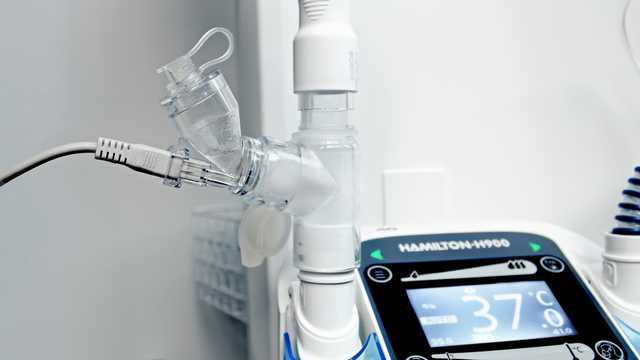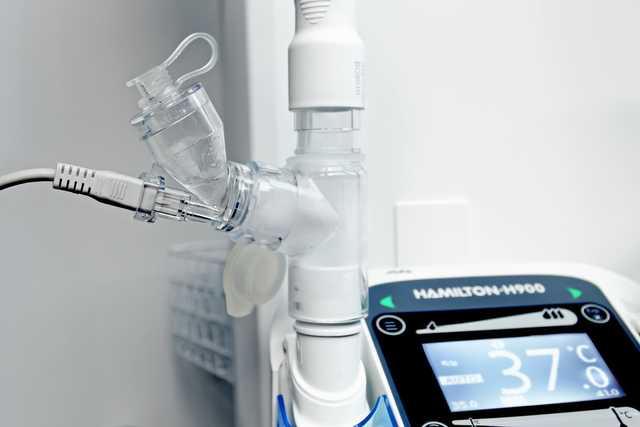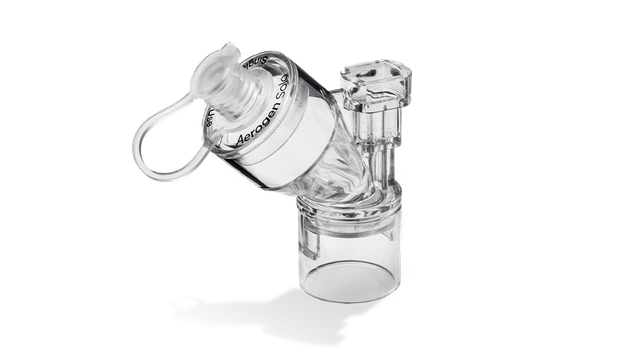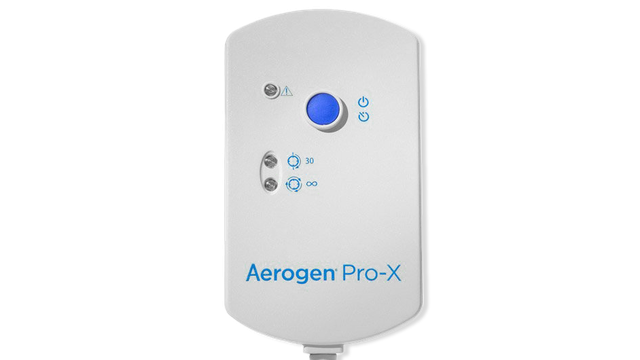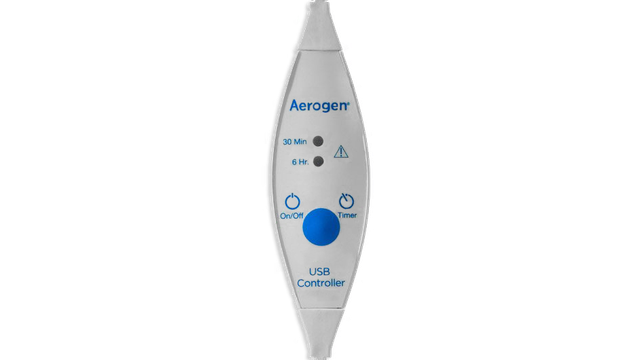Influence of nebulizer type, position, and bias flow on aerosol drug delivery in simulated pediatric and adult lung models during mechanical ventilation.
Ari A, Atalay OT, Harwood R, Sheard MM, Aljamhan EA, Fink JB. Influence of nebulizer type, position, and bias flow on aerosol drug delivery in simulated pediatric and adult lung models during mechanical ventilation. Respir Care. 2010;55(7):845‑851.
BACKGROUND
The effectiveness of aerosol drug delivery during mechanical ventilation is influenced by the patient, ventilator, and nebulizer variables. The impact of nebulizer type, position on the ventilator circuit, and bias flow on aerosol drug delivery has not been established for different age populations.
OBJECTIVE
To determine the influence of nebulizer position and bias flow with a jet nebulizer and a vibrating‑mesh nebulizer on aerosol drug delivery in simulated and mechanically ventilated pediatric and adult patients.
METHOD
Albuterol sulfate (2.5 mg) was nebulized with a jet nebulizer and a vibrating-mesh nebulizer, using simulated pediatric and adult lung models. The 2 nebulizer positions were: (1) jet nebulizer placed 15 cm from the Y-piece adapter, and vibrating-mesh nebulizer attached directly to the Y-piece; and (2) jet nebulizer placed prior to the heated humidifier with 15 cm of large-bore tubing, and vibrating-mesh nebulizer positioned at an inlet to the humidifier. A ventilator with a heated humidifier and ventilator circuit was utilized in both lung models. The adult ventilator settings were V(T) 500 mL, PEEP 5 cm H2O, respiratory rate 20 breaths/min, peak inspiratory flow 60 L/min, and descending ramp flow waveform. The pediatric ventilator settings were V(T) 100 mL, PEEP 5 cm H2O, respiratory rate 20 breaths/min, inspiratory time 1 s. We tested bias flows of 2 and 5 L/min. The adult and pediatric lung models used 8-mm and 5-mm inner-diameter endotracheal tubes, respectively. Each experiment was run 3 times (n = 3). The albuterol sulfate was eluted from the filter and analyzed via spectrophotometry (276 nm).
RESULTS
Nebulizer placement prior to the humidifier increased drug delivery with both the jet nebulizer and the vibrating-mesh nebulizer, with a greater increase with the vibrating-mesh nebulizer. Higher bias flow reduced drug delivery. Drug delivery with the vibrating-mesh nebulizer was 2-4-fold greater than with the jet nebulizer at all positions (P < .05) in both lung models.
CONCLUSION
During simulated mechanical ventilation in pediatric and adult models, bias flow and nebulizer type and position impact aerosol drug delivery.
